选择热点
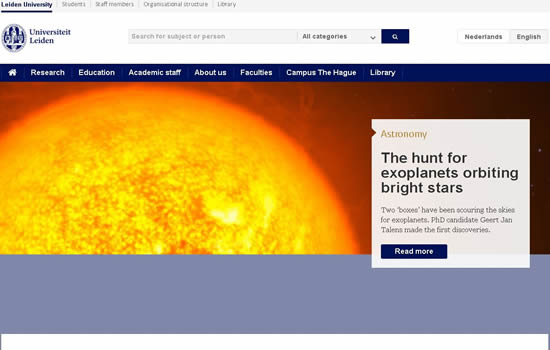 荷兰莱顿大学
荷兰莱顿大学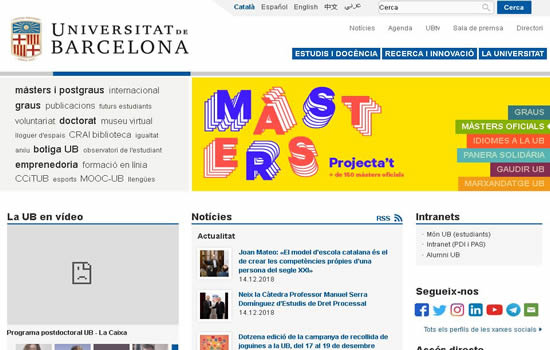 西班牙巴塞罗那大学
西班牙巴塞罗那大学 巴西圣保罗大学 University of Sao Paulo, Brazil
巴西圣保罗大学 University of Sao Paulo, Brazil 台湾南华大学 University of South China in Taiwan
台湾南华大学 University of South China in Taiwan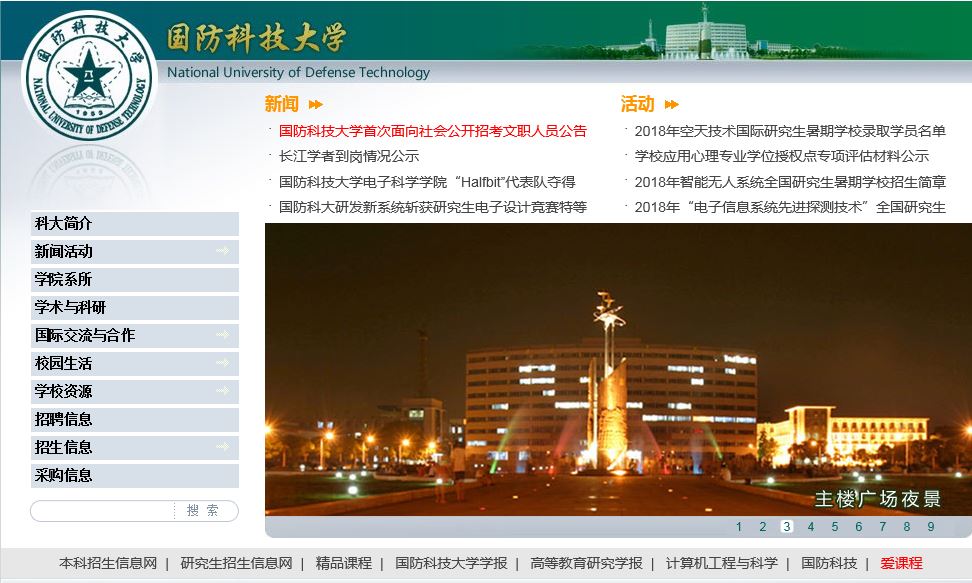 科技大学 National University of Defense Technology
科技大学 National University of Defense Technology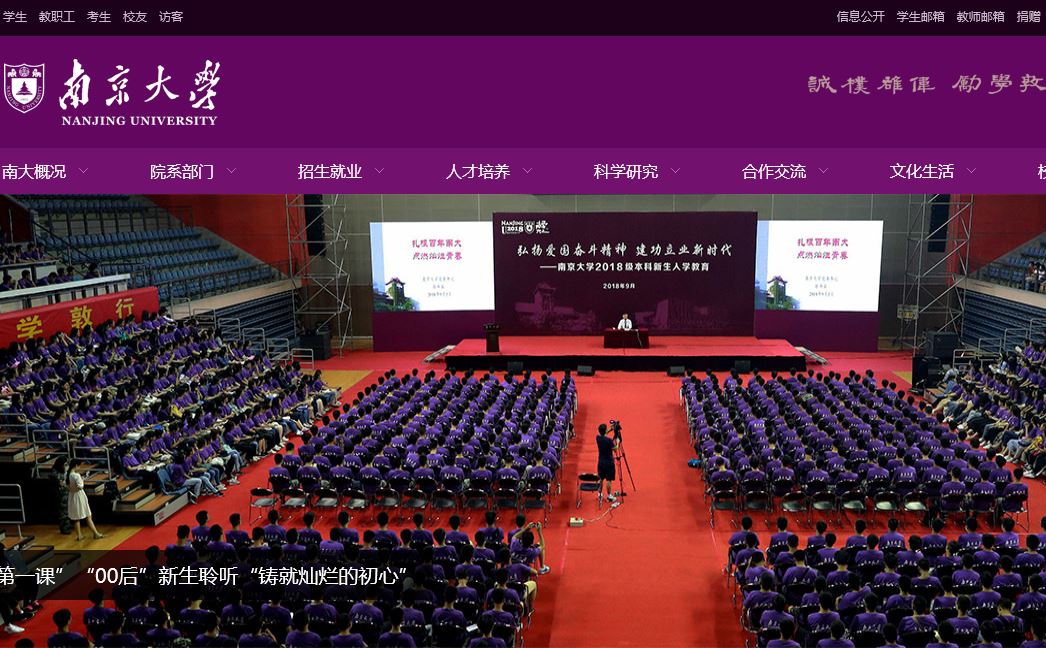 南京大学 Nanjing University
南京大学 Nanjing University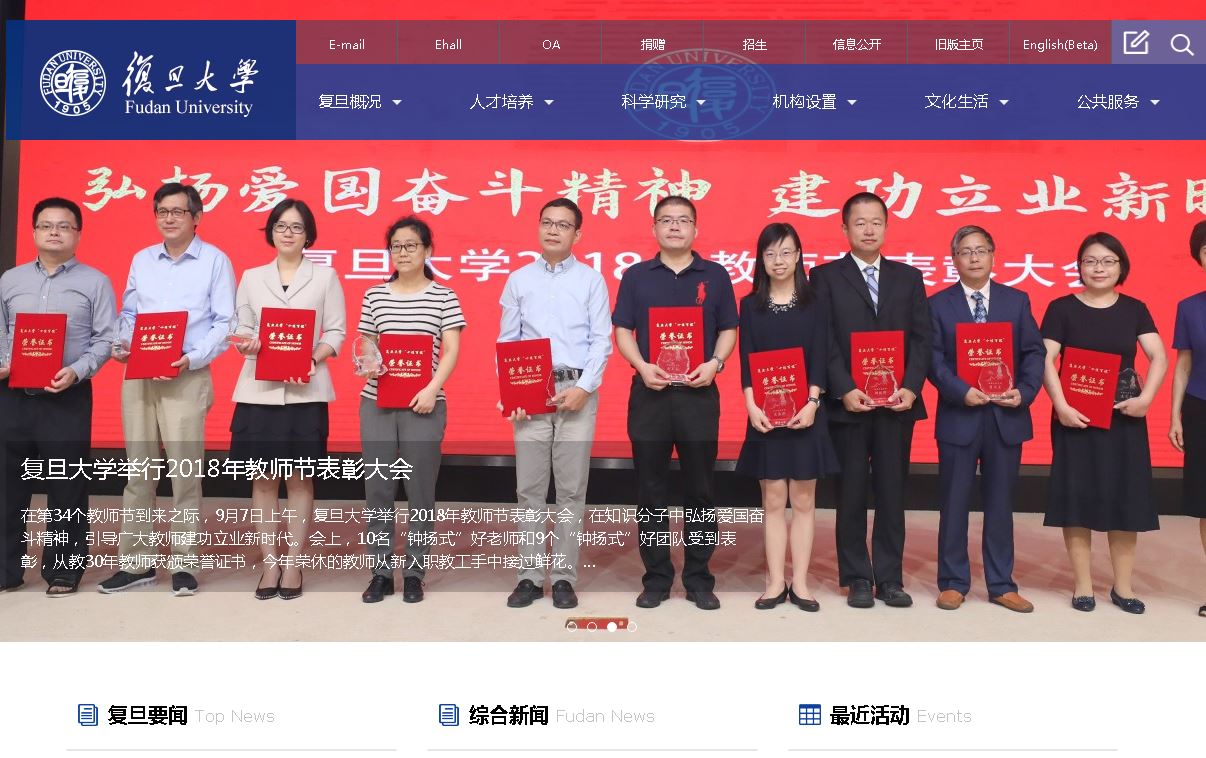 上海复旦大学 Fudan University
上海复旦大学 Fudan University 泗水大学(Ubaya)
泗水大学(Ubaya)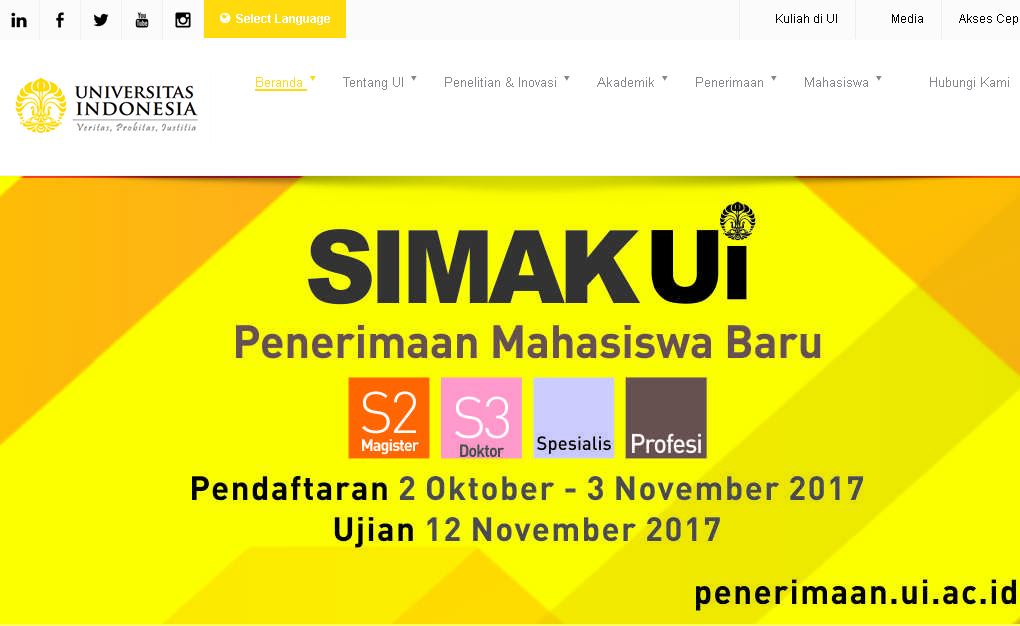 印尼大学 universitas indonesia
印尼大学 universitas indonesia 越南某大学 Vietnam National University
越南某大学 Vietnam National University 菲律宾大学 University Of The Philippines
菲律宾大学 University Of The Philippines
it的人称代词用法
发布时间:2025-01-06
来源:大学网站
it的人称代词用法 1.
用于指事物it用作人称代词最基本的用法就是代替前面已提到过的事物,以避免重复:This is my watch, it’s a Swiss one.
这是我的手表,它是瑞士制的。
I cannot find my watch; I must have lost it.
我找不到手表,我一定把它给丢了。
2.
用于指动物或婴儿除用于指代事物外,还可指动物或性别不详的婴儿:“Where is the cat?
” “It’s under the bed.
” “ 猫在哪儿?
”“在床下。
”They got a baby and it was very lovely.
他们生了个孩子,很可爱。
3.
用于上文提到的情况He smokes in bed and I don’t like it.
他在床上抽烟,我不喜欢他这样。
Her mother kept telling her not to go out at night, but it didn’t help.
她母亲老叫她晚上不要出去,但是没用。
4.
用于指人it用于指人主要用确定未知人的身份:“Who is it?
” “It’s me.
” “是谁啊?
”“是我。
”“Listen.
Someone is crying.
” “Oh, it must be Mary.
” “听,有人在哭。
”“噢,一定是玛丽。
”Someone must have been here.
But we have no idea who it was.
一定有人来过,但我们不知道是谁。
5.
指人时与he和she的区别当it用于指人时,主要用于确定未知的或者是身份不明的人,若是指已知的或身份明确的人,则应根据情况使用he或she。
比较:I hear a knock at the door.
It must be the postman.
我听见有人在敲门,一定是邮递员来了。
Jim is at the door.
He wants to see you.
吉姆在门口,他想见你。
A tall man stood up and shook hands with her.
It was the general manager.
一个高个子站起来同她握了手,他是总经理。
The general manager just called.
He told us to wait for him at the gate.
总经理刚来过电话,他叫我们在门口等他。
6.
指物时与one的区别两者均可代替前面提到的事物,区别是:it指的是与前面已提到的事物为同一物,此时的it等于“the (this, that, my.
)+名词”;而one 指的是与前面已提到的事物为同一类物,此时的one等于“a+名词”。
比较:I have a dictionary but I’ve lent it to Mary.
我有一本词典,但把它借给玛丽了。
I haven’t a dictionary; can you lend me one?
我没有词典,你能借我一本吗?
【it的人称代词用法查看网站:[db:时间]】
用于指事物it用作人称代词最基本的用法就是代替前面已提到过的事物,以避免重复:This is my watch, it’s a Swiss one.
这是我的手表,它是瑞士制的。
I cannot find my watch; I must have lost it.
我找不到手表,我一定把它给丢了。
2.
用于指动物或婴儿除用于指代事物外,还可指动物或性别不详的婴儿:“Where is the cat?
” “It’s under the bed.
” “ 猫在哪儿?
”“在床下。
”They got a baby and it was very lovely.
他们生了个孩子,很可爱。
3.
用于上文提到的情况He smokes in bed and I don’t like it.
他在床上抽烟,我不喜欢他这样。
Her mother kept telling her not to go out at night, but it didn’t help.
她母亲老叫她晚上不要出去,但是没用。
4.
用于指人it用于指人主要用确定未知人的身份:“Who is it?
” “It’s me.
” “是谁啊?
”“是我。
”“Listen.
Someone is crying.
” “Oh, it must be Mary.
” “听,有人在哭。
”“噢,一定是玛丽。
”Someone must have been here.
But we have no idea who it was.
一定有人来过,但我们不知道是谁。
5.
指人时与he和she的区别当it用于指人时,主要用于确定未知的或者是身份不明的人,若是指已知的或身份明确的人,则应根据情况使用he或she。
比较:I hear a knock at the door.
It must be the postman.
我听见有人在敲门,一定是邮递员来了。
Jim is at the door.
He wants to see you.
吉姆在门口,他想见你。
A tall man stood up and shook hands with her.
It was the general manager.
一个高个子站起来同她握了手,他是总经理。
The general manager just called.
He told us to wait for him at the gate.
总经理刚来过电话,他叫我们在门口等他。
6.
指物时与one的区别两者均可代替前面提到的事物,区别是:it指的是与前面已提到的事物为同一物,此时的it等于“the (this, that, my.
)+名词”;而one 指的是与前面已提到的事物为同一类物,此时的one等于“a+名词”。
比较:I have a dictionary but I’ve lent it to Mary.
我有一本词典,但把它借给玛丽了。
I haven’t a dictionary; can you lend me one?
我没有词典,你能借我一本吗?
【it的人称代词用法查看网站:[db:时间]】
- 上一篇: as long as 与only if
- 下一篇: 引导时间状语从句的从属连词
相关阅读
目录列表
资讯列表
英语资讯


共0条评论
网友评论温馨提示:您的评论需要经过审核才能显示,请文明发言!